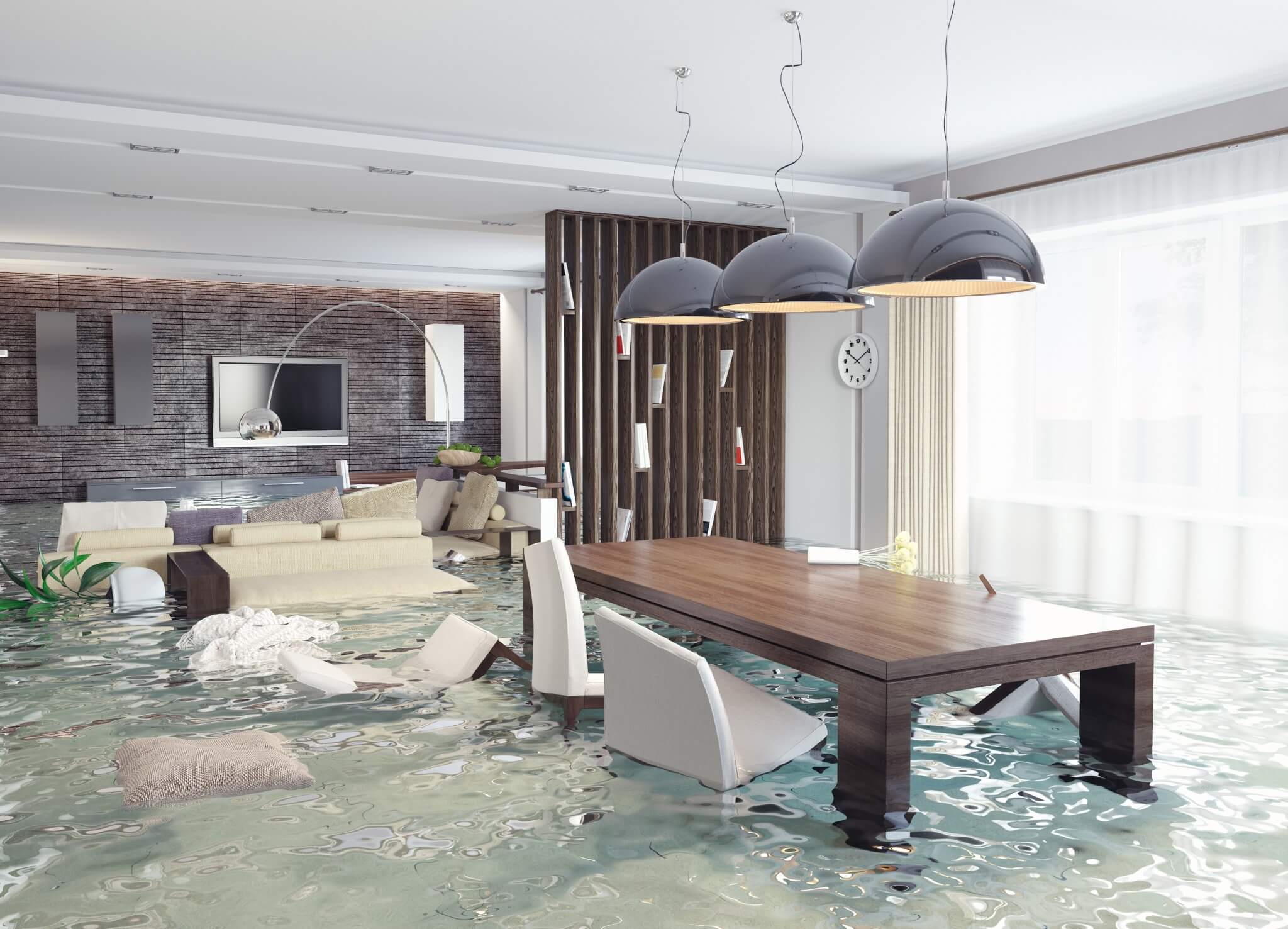Do's & Don'ts of Water Restoration.
Do's & Don'ts of Water Restoration.
Blog Article
We have discovered this post involving Ways to Reduce The Risk Of Fire And Water Damage below on the net and figured it made good sense to discuss it with you in this article.

Water gives life, however water breach on some parts where it's not intended to be can result in damage as well as aggravation. In enhancement, homes with water damages scent moldy and also old.
Water can originate from numerous sources like tropical storms, floodings, ruptured pipelines, leaks, as well as sewer problems. If you have water damages, it's much better to have a working understanding of security preventative measures. Here are a couple of standards on exactly how to handle water damage.
Do Prioritize Home Insurance Coverage
Seasonal water damages can originate from floods, seasonal rains, as well as wind. There is also an occurrence of an abrupt flooding, whether it originated from a damaged pipeline that unexpectedly bursts right into your residence. To shield your house, get house insurance that covers both acts of God such as all-natural catastrophes, and emergency situations like busted plumbing.
Do Not Forget to Shut Off Energies
When disaster strikes and you remain in a flood-prone area, turn off the main electric circuit. Shutting off the power prevents
When water comes in as water offers as a conductor, electric shocks. Don't fail to remember to shut off the major water line valve as a method to avoid even more damages.
Keep your furnishings stable as they can relocate about as well as trigger added damage if the floodwaters are getting high.
Do Keep Proactive and Heed Weather Signals
If you live in a location pestered by floodings, stay prepared and also positive at all times. Pay attention to the information and discharge warnings if you live near a body of water like a creek, lake, or river .
Do Not Neglect the Roofing System
Your roofing contractor needs to take care of the damaged gutters or any kind of other indicators of damages or weakening. An evaluation will certainly protect against water from flowing down your wall surfaces and soaking your ceiling.
Do Take Notice Of Small Leakages
A ruptured pipeline doesn't occur in a vacuum cleaner or overnight. There are warnings that can attract your attention and also indicate to you some weakened pipes in your home. Signs of red flags in your pipes consist of gurgling paint, peeling off wallpaper, water streaks, water stains, or leaking audios behind the walls. There are signs that the pipe will certainly rupture. If you see these indicators, do not wait for a rise. Repair work and inspect your plumbing repaired prior to it leads to substantial damage to your home, finances, as well as a personal problem.
Do Not Panic in Case of a Ruptured Pipeline
Timing is essential when it comes to water damage. If a pipeline ruptureds in your house, quickly closed off your primary water shutoff to reduce off the source and also avoid even more damages. Call a trusted water damage reconstruction expert for support.
Water offers life, but water invasion on some parts where it's not supposed to be can result in damage as well as aggravation. In addition, residences with water damages smell musty and old.
Seasonal water damages can come from floods, seasonal rains, and wind. Indications of red flags in your pipes include gurgling paint, peeling wallpaper, water streaks, water discolorations, or trickling audios behind the wall surfaces. If a pipeline ruptureds in your residence, quickly shut off your primary water valve to reduce off the source and avoid more damages.
Are Water Mitigation and Water Damage Restoration the Same Thing?
When are Water Mitigation Services Needed?
Water intrusion can come from small sources like a dishwasher leak or larger ones like rainwater causing inches of standing water in a basement. Other instances of damage that call for water mitigation services include:
Sewer backup, sump pump failure, or clogged toilets Toilet wax seal failure Shower pan corrosion Pipe leaks and ruptures Washer or icemaker line breaks HVAC drain line blockage A leaking roof Moisture behind walls Foundation cracks Mold Mold is a good example to illustrate how water mitigation works. We’ve often found that clients we do mold remediation services for had existing water damage issues that ended up leading to the mold damage. When performing water mitigation we look for what’s causing the water problem and for ways to stop mold before it multiplies and becomes a bigger concern.
Are You Currently Experiencing a Water Disaster?
If you’re in the middle of a water intrusion disaster, here are some important dos and don’ts to follow:
Don’ts:
Safety first! Do not enter a room with standing water until the electricity has been turned off! A regular household vacuum should never be used to pick up water. Never use electrical appliance if standing on a wet floor or carpet. Leave visible mold alone. Dos:
Call a water mitigation professional as soon as possible. Mold and other damage can begin within hours of a water intrusion. Mop and blot up as much water as possible. Remove non-attached floor coverings and mats but leave wall-to-wall carpeting removal to a pro. If there are window coverings like draperies that touch the water, loop them through a hanger and put them up on the rod. Remove wet cushions to dry and wipe down soaked furniture. Move valuables like paintings, photos, and art objects to a dry location. Books should be left tightly packed on shelves until it’s determined if they need specialized drying. Prop open closets, cabinets, and drawers to allow them to air out. https://cfrsfl.com/blog/are-water-mitigation-and-water-damage-restoration-the-same-thing/

I stumbled upon that blog post about Keeping Your Home Safe This Holiday Season while doing research the internet. Sharing is nice. Helping others is fun. Thanks for going through it.
Report this page